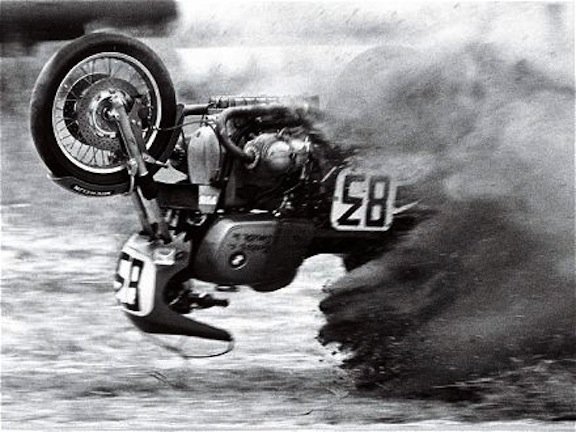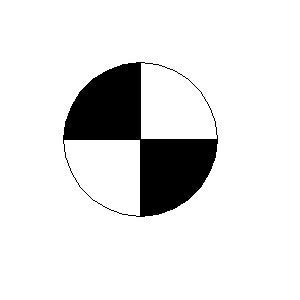f14rio
New member
seems to me there should be an industry standard for defining or illustrating a bike's c/g above ground level and fore and aft. the c/g on my harley crossbones is really low and pretty much makes up for the 200 some odd pound weight difference over my r12r which, with my 30" inseam is a lot harder to back up. low speed handling is about the same for both bikes as far as i'm concerned.
..
i would think it could easily be illustrated in a simple bike mechanical schematic diagram.
..
i would think it could easily be illustrated in a simple bike mechanical schematic diagram.





